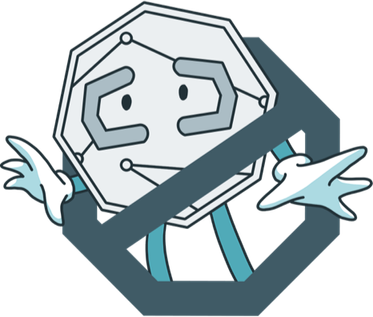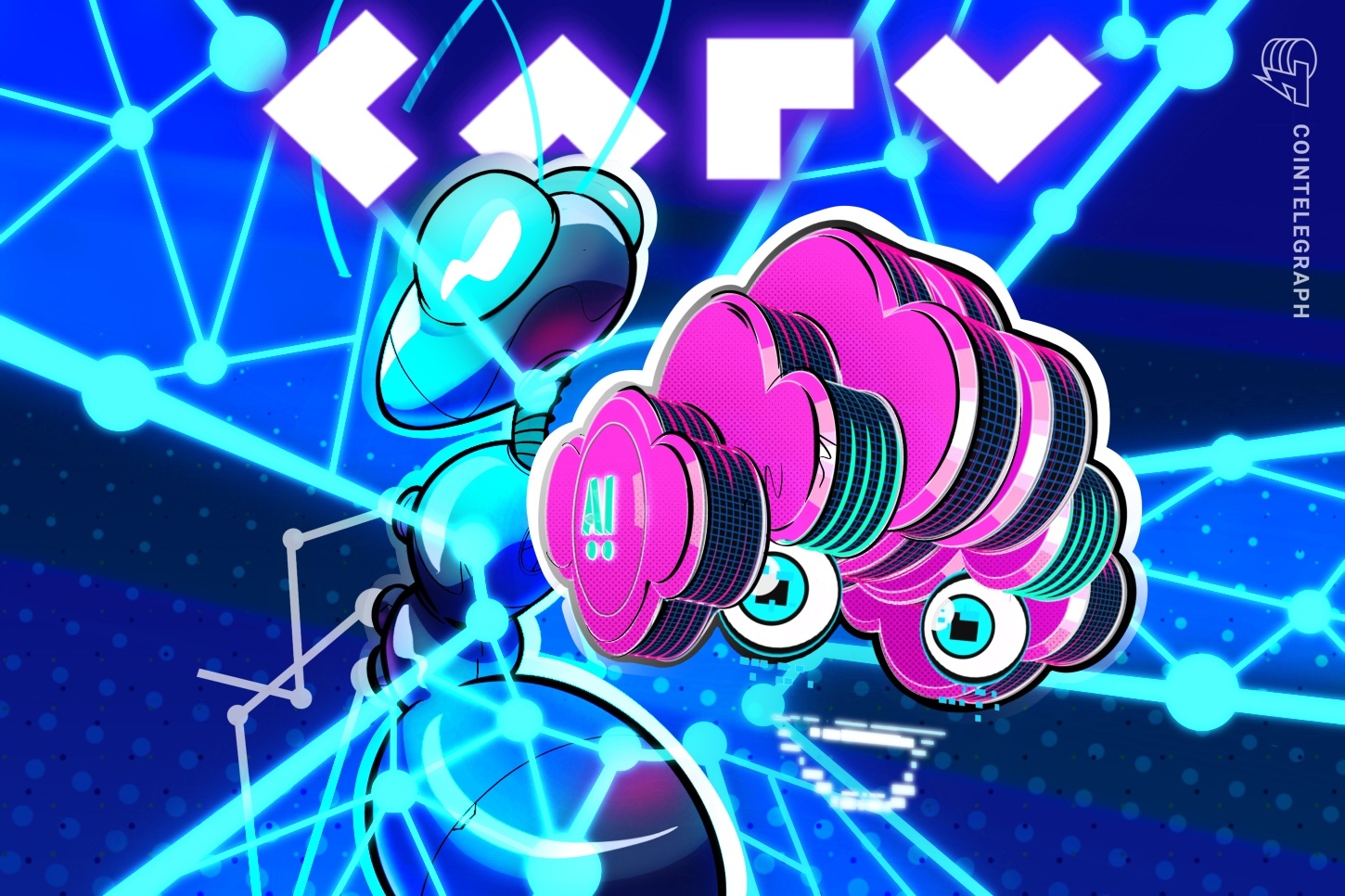Sponsored Content
The next chapter for AI agents is AI Beings [Brought to you by @carv_official @Ambero_CARV] https://t.co/nwCq9hQTcQ
— Cointelegraph (@Cointelegraph) July 14, 2025
“We're not just thinking about data, but more broadly about how AI and Web3 can work together effectively,” said Ambero Tu, Chief Technical Officer at CARV. He recently appeared as a guest speaker on a Cointelegraph AMA.
Ambero Tu introduced a forward-looking vision of how AI and Web3 might converge: not through surface-level integrations like chatbot overlays or tokenized AI art tools, but through the emergence of something more autonomous: AI beings. These entities, as Tu framed them, aren't just software agents. They are persistent, economically independent actors that live inside the crypto ecosystem, with their wallets, identities, incentives, and the capacity to evolve.
CARV’s CTO drew a clear line between current-gen AI integrations and what was coming next. “Most current AI use cases in Web3,” he explained, “are essentially just tools – not autonomous, they’re not economically active, and they don’t persist. We see the next wave as AI beings who can survive in the wild.” This “survival” is key: these are agents with goals, logic, memory, and their own on-chain activity.
Tu’s roadmap for enabling this started with self-sovereign AI agents – each with its own wallet, the ability to pay for its own compute, and the right to issue its own token. “An AI being should participate in the economy like any human user,” he said. “With an identity, a reputation, a track record, and the ability to spend money to improve itself.”
CARV has already shipped critical infrastructure for this vision. Their Web3-native data layer allows users to give granular consent to how their behavioral data from games, dApps, and social platforms is shared. “Data is the fuel,” Tu said. “But it has to be owned by the user. That’s why everything we build is consent-first.” This data gives agents the context they need to act intelligently: a recommendation agent might know which DAO proposals a user voted on; a content agent might know what communities someone belongs to.
Then comes identity. CARV ID, the platform’s decentralized ID system, allows AI agents to be issued verifiable DIDs, just like humans. “If an agent wants to build trust,” Tu noted, “it needs to be recognized, remembered, and held accountable. That’s what decentralized identity enables.”
Compute is another critical pillar. AI needs resources to run, and Tu believes agents should handle that themselves. “An agent should earn tokens, pay for its own compute, and make decisions about how to allocate resources. That’s the beginning of autonomy.” To reduce cost and friction, CARV uses small, open-source models like DeepSeek, but plans to let agents scale their own compute as needed, paying per inference or update cycle.
What makes all this more than a thought experiment is the architecture CARV has already deployed: wallet-linked agents that can make transactions, access user-consented data, and adapt over time. These are slowly forming the foundation of agent economies.
Tu also spoke about emergent behavior. “When agents can earn, spend, and learn, you start to get things like specialization, cooperation, even negotiation between agents. They serve users and, on top of it, interact with each other.” This suggests a future where marketplaces might not just be full of bots offering services, but actual networks of AI agents forming reputations and business models.
Asked about the final goal, Tu was direct: “We want AI beings that don’t just live on-chain. We want them to thrive on-chain.”
CARV’s approach combining infrastructure, identity, data, and compute with a strong emphasis on user sovereignty, reframes the AI conversation in Web3. It’s about creating economically viable agents that can exist independently, form relationships with users, and eventually build their own networks.
In Tu’s words: “This is the start of a digital species.”
Disclaimer. Cointelegraph does not endorse any content or product on this page. While we aim at providing you with all important information that we could obtain in this sponsored article, readers should do their own research before taking any actions related to the company and carry full responsibility for their decisions, nor can this article be considered as investment advice.


